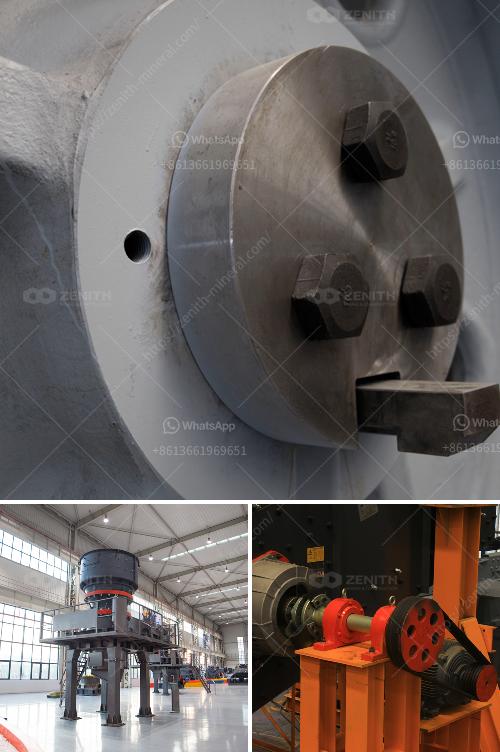Repairing a crack in the trunnion of a ball mill is a complex and critical task that requires careful planning, precise execution, and adherence to safety standards. The trunnion is a key component of the ball mill, and any damage to it can significantly impact the mill's performance and longevity. Here is a detailed step-by-step guide on how to repair a crack in the trunnion of a ball mill:
1. Assessment and Preparation
Inspection:
- Visual Inspection: Begin with a thorough visual inspection to assess the extent of the crack. Look for any signs of additional damage or wear.
- Non-Destructive Testing (NDT): Use NDT methods such as dye penetrant inspection, ultrasonic testing, or magnetic particle inspection to determine the depth and length of the crack.
Planning:
- Engineering Analysis: Consult with a structural engineer to analyze the crack and determine the best repair method. The analysis should consider the load-bearing capacity and the operational stresses on the trunnion.
- Safety Precautions: Ensure all safety protocols are in place. This includes securing the ball mill to prevent any movement during the repair process.
2. Preparation for Repair
Disassembly:
- Shutdown the Mill: Ensure the ball mill is completely shut down and locked out to prevent accidental startup.
- Remove Components: Disassemble any components that may obstruct access to the trunnion. This may include the mill head, liners, and other parts.
Cleaning:
- Surface Cleaning: Clean the surface around the crack to remove any dirt, grease, or debris. This can be done using a wire brush, grinder, or chemical cleaners.
- Crack Cleaning: Use a grinder to clean the crack itself, ensuring that it is free of any contaminants that could affect the repair.
3. Repair Methods
Welding:
- Preheating: Preheat the trunnion to a specified temperature to reduce the risk of thermal stress during welding.
- Welding Process: Use an appropriate welding technique, such as shielded metal arc welding (SMAW) or gas tungsten arc welding (GTAW). Weld along the crack, ensuring that the weld penetrates deeply and uniformly.
- Post-Weld Heat Treatment: After welding, perform a post-weld heat treatment to relieve any residual stresses and ensure the integrity of the repair.
Alternative Methods:
- Metal Stitching: For cracks that cannot be welded, metal stitching can be used. This involves drilling holes along the crack and inserting metal pins to hold the crack together.
- Epoxy Injection: In some cases, epoxy injection can be used to fill the crack. This method is less common for trunnions due to the high stresses involved.
4. Post-Repair Procedures
Inspection:
- NDT Testing: Perform non-destructive testing again to ensure that the crack has been fully repaired and that there are no new defects.
- Visual Inspection: Conduct a final visual inspection to check the quality of the repair.
Reassembly:
- Reinstall Components: Reassemble any components that were removed during the preparation phase.
- Alignment: Ensure that the trunnion and other components are properly aligned to prevent any operational issues.
5. Testing and Monitoring
Operational Testing:
- Startup: Gradually start up the ball mill and monitor for any unusual noises or vibrations.
- Load Testing: Run the mill under load to ensure that the repair can withstand operational stresses.
Ongoing Monitoring:
- Regular Inspections: Schedule regular inspections to monitor the condition of the trunnion and the repair.
- Vibration Analysis: Use vibration analysis to detect any early signs of failure or additional cracks.
Conclusion
Repairing a crack in the trunnion of a ball mill is a critical task that requires careful planning, precise execution, and ongoing monitoring. By following the steps outlined above, you can ensure that the repair is performed safely and effectively, restoring the ball mill to optimal operation. Always consult with experienced professionals and adhere to industry standards to achieve the best results.


